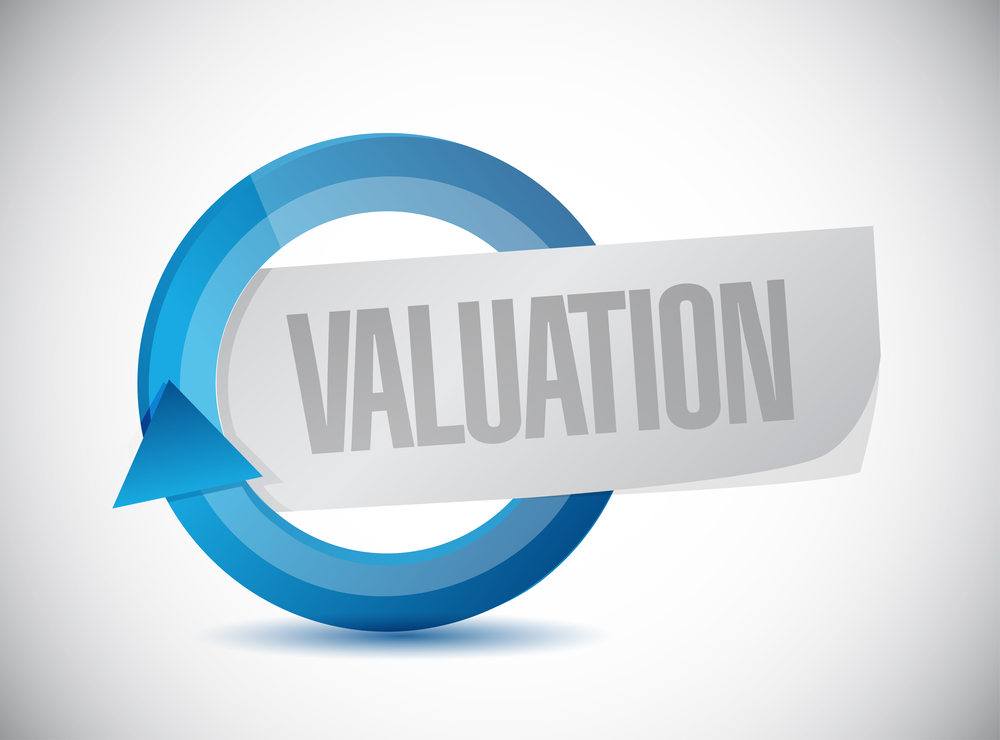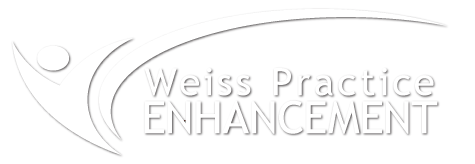By Fred Heppner Guest Columnist
If you have been confused about how a dental practice is valued, this article describes how occupancy rates can affect your practice’s value. You’ll learn the key points to determine if the value of the practice is legitimate or if it is off and needs clarification or perhaps even re-calculation!
In business valuations, accurate representation of income and expenses are critical. For a dental practice to succeed post closing of its sale, its historical earning levels need to be augmented.
For example, if a practice collects a million dollars a year and all of its expenses total $600,000, then the owner makes $400,000. Using methodologies for business valuations, those earnings are parlayed into the practice’s value.
However, if expenses are actually $650,000, because a line item like occupancy was incorrectly calculated, then the income and profit of the practice is lower. Accordingly, the valuation methodology used – if all things remain equal -produces a lower calculation of value.
Occupancy expenses pertain specifically to the costs of occupying the office space. They include rent, common area maintenance, hazard insurance, and property taxes folded into a lease.
With an existing lease, where expenses are known and consistent, it’s straightforward to consider those numbers in a business valuation. “Other variable expenses, such as laboratory fees and dental supplies, may increase or decrease depending on the volume of services provided. When income rises from billed services, variable expenses will rise and profit will grow since most all of the other costs of the practice typically remain the same (e.g., staff salaries, insurance, utilities, etc.).”
When the owner of the dental practice also owns the real estate wherein the practice operates, and expenses for property taxes, hazard insurance and common area maintenance are the only recorded expenses on the owner’s financial statements while omitting “rent”, it artificially lowers the occupancy costs thus inflating profits. Consequently, the business valuation may result in a falsely high value.
A buyer without a discerning eye may say, “Wow! The practice makes a lot of money. I’d like to buy it and move forward.” Unfortunately, the buyer would be at risk if he/she were to move forward without accurate information.
Conversely, if the owner of the property pays him or herself as the tenant, twice the amount of the mortgage, that person artificially inflates the expense for occupancy. The owner then reduces both the profit and value of the business. It’s appropriate to ascertain the actual lease expense a new owner of the practice will experience post-closing. If they lease the space, what are the terms and conditions going forward? Of course, if he/she buys the property, then it would be appropriate to put into place a lease with fair market terms and conditions relating to occupancy costs.
Moreover, when performing business valuation calculations, it is prudent and wise to include fair market occupancy costs as an expense. A savvy buyer will consider these essential aspects when purchasing a practice.
“The owner of the practice may, unknowingly, suggest an amount for occupancy costs…”
When a buyer sees a certain value estimated for a practice with reasonable occupancy expenses, although lower than market rate, the seller of the owner of the practice may, unknowingly, suggest an amount for occupancy costs that are not at the market rate. If a buyer offers to buy that practice based upon an incorrect valuation, they would be overpaying for the business.
Instead, the buyer would be wise to enter into lease negotiations with the property owner; either the dentist owner or landlord. This way the buyer would discover the correct lease terms and conditions, including occupancy costs, and prepare his or her offer. Once the buyer discovers the business’s value was artificially high, in good conscience, they may retract their offer, or negotiate to a more sensible price. In essence, the buyer would offer to purchase the practice based upon the more realistic occupancy expenses.
A seller who owns the occupied space may suggest what he/she thinks is reasonable in terms of occupancy costs even though it may be lower than market rate. A buyer notes in the valuation that there is a certain value estimated for the practice with these suggested occupancy expenses. If a buyer offers to buy the practice based upon incorrect costs which has led to an over stated value estimate for the practice, then logically the buyer would be overpaying for the business.
These are examples of just a few elements impacting the value of a dental practice. Positioning a practice for a successful transition would include obtaining an accurate business valuation performed by a person who is educated and experienced in this line of work. Ultimately, an accurate and defensible business valuation presents a practice that is for sale in the best light.
Fred Heppner is a business management advisor, transitions consultant, author and speaker in the business of dentistry since 1983. For more information, call Fred at 602.320.8073, email him at [email protected] or visit his website www.arizonatransitions.com.
“These are examples of just a few of the many possibilities impacting the value of a dental practice. Position a practice for a successful transition by obtaining an accurate business valuation performed by an educated and experienced expert. Accurate, defendable business valuations present a practice in its best light, and are part and parcel to an intelligent transition plan.”
Fred Heppner, Transitions Consultant, Business Management Advisor, and owner of Arizona Transitions, is a leader when it comes to the business of dentistry. Nearly four decades of experience helping dentists transition their practice allows him to understand the issues and challenges that today’s dentists face. His expertise and dedication to his clients and his work make him one of the premier advisers in the industry. He can be reached at 602.320.8073 or at [email protected]




